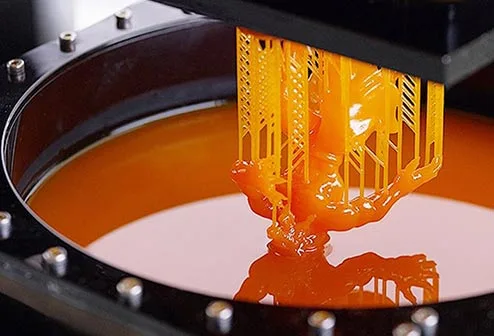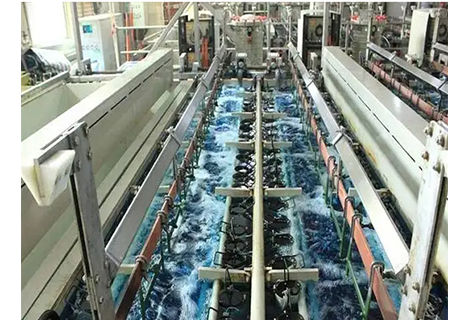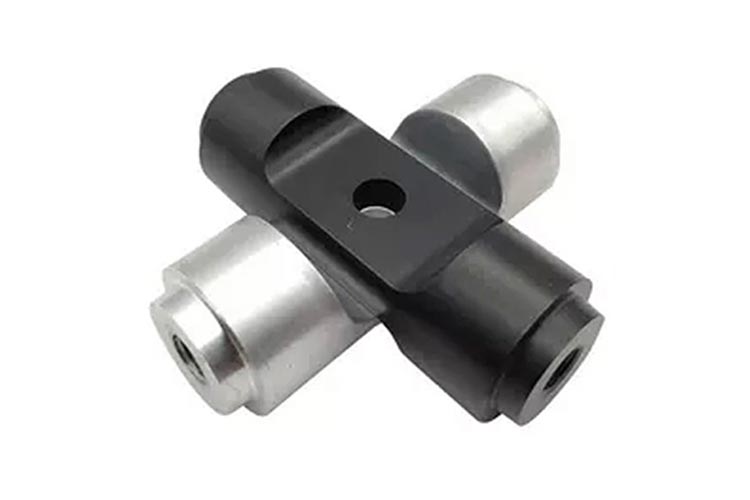
While there are indeed numerous surface finish types available for manufacturers to choose from, the black oxide coating is a popular choice for many. The blackening surface treatment offers a combination of visual appeal, corrosion resistance, cost-effectiveness, and compatibility with various materials, making it a preferred choice for manufacturers in various industries. In this article, we’ll offer an extensive guide on black oxide its properties, common applications, and more.
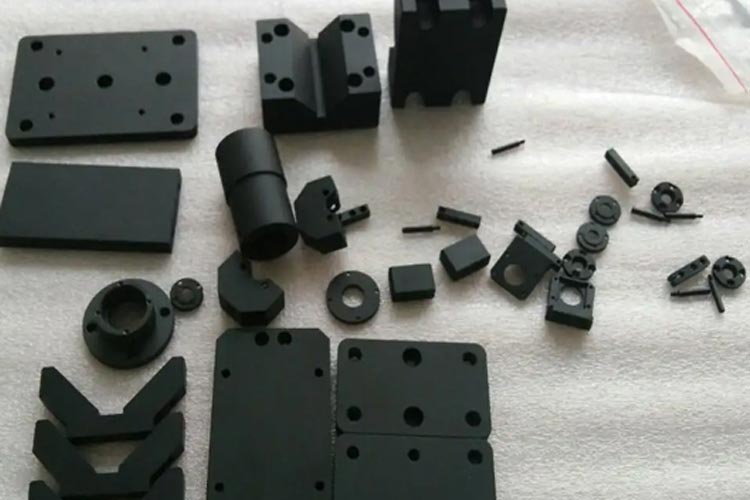
Black oxide, also known as blackening, is a conversion coating applied to various materials including ferrous metals, stainless steel, copper and copper-based alloys, zinc, powdered metals, and silver solder.
The black oxide process involves chemically converting the surface of the material to form a black iron oxide coating. This blackening treatment is achieved through a chemical reaction or micro-coating with a protective material, such as metal oxide.
Black oxide, a common surface treatment, improves the appearance of parts, adds mild corrosion resistance, and minimizes light reflection of metal components.
Manufacturers presently utilize various surface finishing techniques to obtain the black oxide coating on metals. However, there are two major types of black oxide coatings. They are the hot and cold blackening procedures. Here, we will look at these two categories in depth.
This involves immersing the parts in a hot alkaline solution at elevated temperatures, resulting in a deep black coating with excellent corrosion resistance. Widely used for industrial machinery, automotive components, and firearms. The stages of the hot black oxide finish process are as follows:
1. Cleaning
This involves removing any dirt, oil, grease, or other contaminants from the surface of the metal.
2. Water rinsing
After cleaning, the metal is rinsed with water to remove any remaining cleaning agents or debris.
3. Pickling
Pickling is a chemical process that removes impurities and oxides from the metal surface. It typically involves immersing the metal in an acid solution, such as a mixture of sulfuric acid and water.
4. Water rinsing
Another rinsing is done to remove any residual acid or pickling solution from the metal surface.
5. Black oxidizing
The metal is immersed in a hot alkaline solution that contains various oxidizing agents like sodium hydroxide, The metal reacts with these chemicals to form a black oxide layer on the surface.
6. Drying
After black oxidizing, the metal is typically rinsed with water to remove any residual chemicals and then dried thoroughly.
7. After-finish Treatment
The manufacturer applies protective coatings, buff or polishes the surface, or apply sealants to enhance the durability of the black oxide finish.
In this process, the parts are treated with a room-temperature acidic solution, typically containing selenium dioxide or another similar compound. Unlike the hot black oxide process, the cold black oxide process does not require high temperatures. The reaction in this process is typically faster, allowing for quicker turnaround times. However, the resulting black coating may not be as durable or corrosion-resistant as the hot black oxide finish.
The black oxide services are a popular choice for precision machined parts due to its several advantages.
Corrosion Resistance
The black oxide coating provides a protective layer that helps prevent corrosion and rust formation on the surface of the machined part.
Aesthetics
The black oxide finish offers a unique and visually appealing black color to the machined parts, enhancing their overall appearance.
Wear resistance
Black oxide-treated parts exhibit increased wear resistance due to the formation of a thin, hard surface layer.
Lubricity
The black oxide finish provides a lubricious surface, reducing friction and allowing for smoother operation of moving parts.
Dimensional stability
Black oxide coating has minimal impact on the dimensions of the machined parts.
Unlike other surface finishes, black oxide coating only provides a black color.
The black oxide finish, though visually appealing, is susceptible to scratches and abrasion.
Extended exposure to moisture or harsh chemicals can potentially degrade the black oxide coating over time.
There are also important factors to consider when specifying a black oxide finish for your machined parts. These factors include:
Duration of Protection Required
Assess the expected lifespan and the level of protection needed for the machined part. You may require long-term corrosion resistance, while others may only need temporary protection. The duration of protection required will influence the choice of black oxide coating method and added sealants or topcoats.
Final Application of the Part
What’s your specific function and purpose of the machined part in its final application? Your answer to this question will help you consider the black oxide coating factors of load-bearing capacity, wear and friction requirements, electrical conductivity, and any surface finish compatibility needed to ensure optimal performance for your machined parts.
Application Environment
Evaluate the operating conditions and environmental factors the machined part will be exposed to. Consider factors such as temperature, humidity, exposure to corrosive substances, UV radiation, or abrasive agents.
Desired Aesthetic Appearance
Black oxide coating provides a unique black finish, which can enhance the visual appearance of the machined part. Consider the desired look and feel of the finished product and how it aligns with the overall design and branding requirements.
Whenever you are ready to discuss your next project of surface finish, Richconn is ready to serve you. Our clients are in various industries, including automotive, aerospace, military, firearms, consumer goods, and architectural hardware. Precision machined parts, fasteners, screws, bolts, tooling, gears, and other metal components can benefit from black oxide finishes. Richconn offers comprehensive surface finish services, like polishing, aiming to enhance the durability of the black oxide finish.
Black oxide finish is one of the possible ways to enhance the quality of these parts. Now, you may still be confused about the black oxide for your machined parts, ensuring optimal functionality, protection, and aesthetic appeal. Collaboration with our Richconn experts or professionals can provide further guidance in making informed decisions. Richconn's expertise also extends to other finishes such as electrophoresis finish, providing a range of options for your CNC machining needs. Additionally, you can explore CNC machining surface finish and CNC finishes and coatings to discover the perfect finish for your project. If you're also looking for cost-effective materials, check out our selection of cheap CNC materials.
Contact Richconn for your next project ⬇⬇⬇
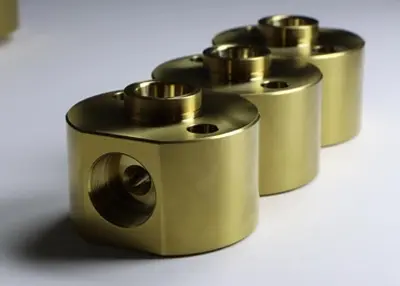 CNC Machining and 3D Printing - Friends or Foes?October 13, 2023The two technologies CNC machining and 3D printing have a major impact on many industries. But do they compete or complement each other?
Simply put, CNC machining is the inverse of 3D printing.view
CNC Machining and 3D Printing - Friends or Foes?October 13, 2023The two technologies CNC machining and 3D printing have a major impact on many industries. But do they compete or complement each other?
Simply put, CNC machining is the inverse of 3D printing.view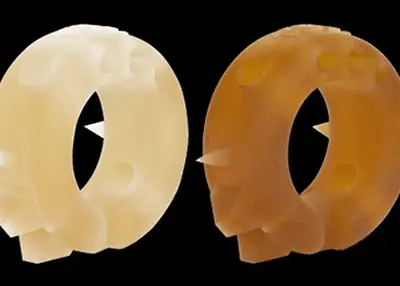 How to choose the right material for cnc cnc machining parts?November 1, 2023In the field of CNC numerical control machining, the correct selection of suitable materials is crucial to the performance, accuracy and durability of parts. Different environments and application scenarios require different types of materials, and the following will analyze how to choose the right material from several aspects.view
How to choose the right material for cnc cnc machining parts?November 1, 2023In the field of CNC numerical control machining, the correct selection of suitable materials is crucial to the performance, accuracy and durability of parts. Different environments and application scenarios require different types of materials, and the following will analyze how to choose the right material from several aspects.view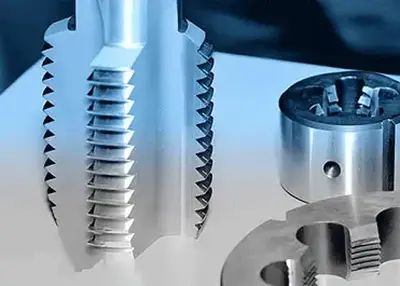 Unlocking Precision: A Comprehensive Guide to Machining KeywaysNovember 15, 2023Welcome to the definitive guide on keyway machining, where precision meets performance. In this in-depth exploration, we will unravel the complexities of keyway machining, providing you with practical insights, expert tips, and real-world applications. Whether you're an engineer seeking mastery or an enthusiast eager to delve into the intricacies, this guide promises a thorough journey through the world of keyway machining.view
Unlocking Precision: A Comprehensive Guide to Machining KeywaysNovember 15, 2023Welcome to the definitive guide on keyway machining, where precision meets performance. In this in-depth exploration, we will unravel the complexities of keyway machining, providing you with practical insights, expert tips, and real-world applications. Whether you're an engineer seeking mastery or an enthusiast eager to delve into the intricacies, this guide promises a thorough journey through the world of keyway machining.view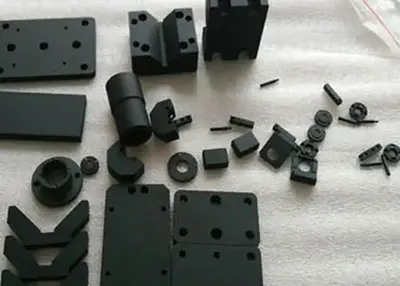 What Are the Types of Metal Surface Finish?September 16, 2022Machining surface finishing is an important processing procedure in machining. Machining surface finish can play an important role in protecting and beautifying the workpiece. In machining, there are ...view
What Are the Types of Metal Surface Finish?September 16, 2022Machining surface finishing is an important processing procedure in machining. Machining surface finish can play an important role in protecting and beautifying the workpiece. In machining, there are ...view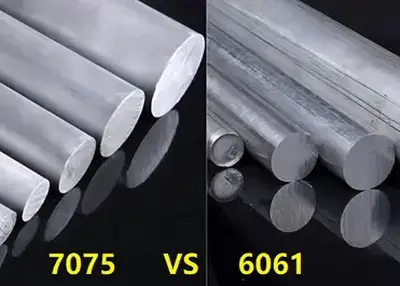 Comparison of 7075 Aluminum Alloy vs 6061 Aluminum AlloyNovember 27, 2023Aluminum alloy is a widely used metal material with the advantages of light weight, high strength, corrosion resistance and recyclability. There are many types of aluminum alloys, and different alloying elements and heat treatment processes affect the properties and uses of aluminum alloys.view
Comparison of 7075 Aluminum Alloy vs 6061 Aluminum AlloyNovember 27, 2023Aluminum alloy is a widely used metal material with the advantages of light weight, high strength, corrosion resistance and recyclability. There are many types of aluminum alloys, and different alloying elements and heat treatment processes affect the properties and uses of aluminum alloys.view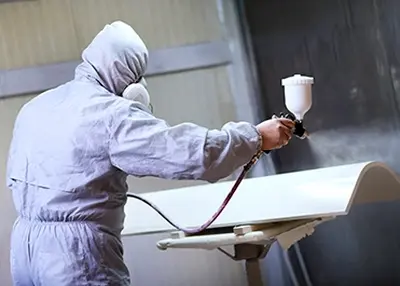 Surface Finishing Process What Are the Different Products Suitable For What Process?October 24, 2023The whole process of processing, in the selection of the appropriate processing method CNC processing or 3D printing, after the completion of processing, most of them need surface treatment. Meet the corrosion resistance, abrasion resistance, decoration or other special functional requirements of the product.view
Surface Finishing Process What Are the Different Products Suitable For What Process?October 24, 2023The whole process of processing, in the selection of the appropriate processing method CNC processing or 3D printing, after the completion of processing, most of them need surface treatment. Meet the corrosion resistance, abrasion resistance, decoration or other special functional requirements of the product.view
 EN
EN
 ru
ru 

